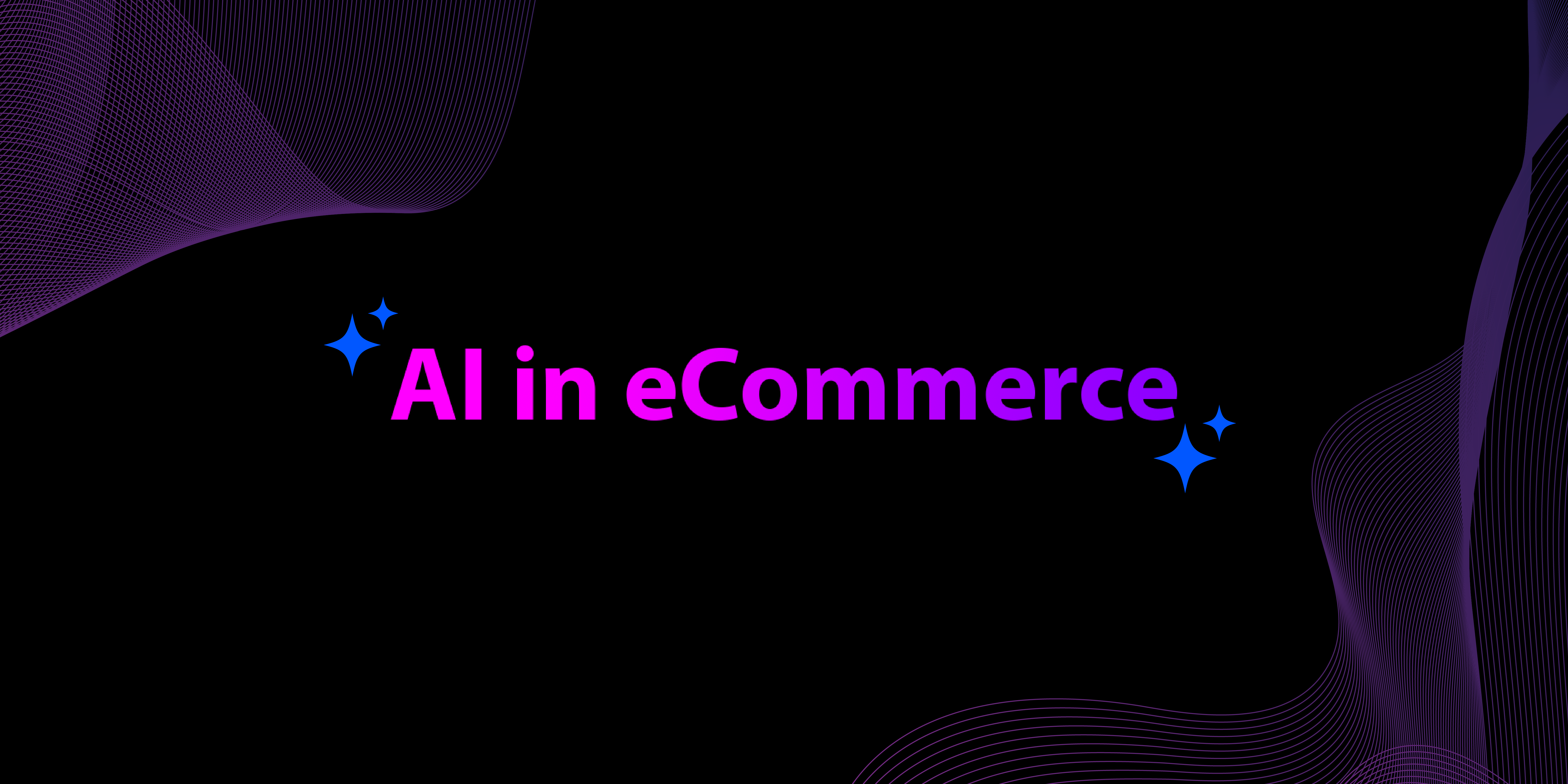
There are 5 ingredients to a successful eCommerce marketing mix; when you get them right, your marketing will benefit from a better output and a greater balance.
The 5C marketing framework offers a predictive evaluation and structural analysis of a business standing in a targeted market.
The company, as the very first 'C,' is vital. It captures the main essence of business. To sell a product or service, you need a business name to be identified with, a business profile that explains who you are, what you do, and where you are located. The 'Company' factor in the mix also involves analyzing your company and identifying where your competitive advantage lies.
This can take the shape of brand equity, economies of scale, technological development, etc. Customers want to know if the focal company has a sustainable competitive advantage over other close competitors.
Note: The VRIO (Variable Rare Imitable Organized) model can be utilized to distinguish if a company's assets offer a temporary or sustainable advantage.
Context is all about knowing consumers, what they want, and why they buy from you. It helps to add value through contextual experiences that meet consumer's emotional and functional needs. In context, it is essential to know consumers' behavior. This means what they want, why they need a product or service, where they want it, and when they want it, and where. Overall, In e-commerce marketing, you have to know all types of problems facing the consumers to provide the best products and services at the right time.
Competition serves as a bane and boon both for any business. Competition helps find your sweet spot in relation to competition to help you market yourself better. For your eCommerce business, considering competition lets you create a business plan where you can highlight your strengths and stand out.
From SWOT analysis to the business's maturity, the competition must be dealt with respect and gravity. Competition is a threat to your business, while it also simultaneously provides ample opportunity for you, wherein you can copy and add a little spark in your competitor's strategy to get ahead of them.
eCommerce competition can be gruesome, but with some effort, you can get ahead of the competition. As a newcomer, you have to put in the extra work in a short time to get on par with competing brands.
Look at your competitors and see how they handle products, services, price, quantity, after-sales service, incentives, and everything you will need to satisfy your customers. Spend your time searching for those particular areas that your competitors haven't discovered yet, and get the ball rolling.
Look into SEO marketing to focus on getting more quality backlinks, quality content, better UI/UX, better after-sales service, and again focus on those areas that your competitors aren't present in, and using it to your advantage you can get ahead of your competitors.
The consumer is the key to all marketing strategies. This ingredient in the 5Cs has to be present in both strategy & execution. The consumer is necessary for business, and the vital part for the companies is to understand customers' needs, what requirements, and expectations they have from companies.
The customer always wants the best product and services at the best price; that's why it is essential in 5C's approach to eCommerce marketing. You can also increase your consumer base by actively using social media to attract your target customers. For an instance, if your prospects are active on Twitter, you can use various Twitter tools to get the rid of manual work.
The potential customers a company can reach with its products or services can be broken down into three main sizes: Total Available Market, Serviceable Available Market, and the Serviceable Obtainable Market. The market segments may be further segmented through demographics, psychographics, geography, and other distinguishing factors.
The Total Available Market (TAM) is the most generalized customer segment that includes every possible customer that demands a particular product or service. The Serviceable Available Market (SAM) would be a subset of the TAM categorized by the potential use of a company's product or service. The Serviceable Obtainable Market (SOM) sub-segment of the market is the narrowest definition that specifies a market segment that a company could realistically capture.
Better business relationships are essential for growth. Unless you have chosen the right partners and collaborators, your eCommerce plans may not go as expected. Collaborations are a great way for marketers to attract new audiences through blogging and social media networks. Collaboration is basically done with an influencer who recommends your products to their audience or with other marketers who expose you to their audience.
While finding influencers, you must go with quality rather than quantity. You can get this right by:
The current market conditions become incredibly challenging for all companies independent from their size and market positions due to the increasing competitive pressures, diminishing margins, and difficulties to effectively reach the consumers via marketing communication activities. This trio of challenges raises a serious accountability issue for marketing managers. It pushes them to generate alternative and practical tools to attract target consumers' attention and boost demand for the brand's products.
Techniques, actions, and adaptation are essential for a company to develop and market the products and services where necessary. The production and commercialization of consumer needs have evolved, and eCommerce marketing is considered the first creative link leading to high sales and conversion.
In an environment constantly evolving, the 5C's framework is employed to attract and retain clients by providing economies of scale necessary for its success. By advertising through marketing, new customers are brought into your funnel to increase conversion rates.
The framework serves to put the company in the front line with the market's implicit and explicit requirements in which it operates. The 5C Framework serves as a compass to help us navigate the connected world, anchored to our worldwide web for Digital marketing and trade.
Digital marketing has undergone a complete transformation since the days of annoying popups and unsolicited batch emails. We are in the midst of ever-evolving processes, new communication tech, and emerging marketing channels where one can advertise and promote their business. It's a significant change. Everyone is using digital marketing methods to communicate with their customers. Some businesses also use IVR systems to make the process easier and provide a better customer experience. In this digital battlefield, you have to keep on reinventing your approach to marketing. It's not all flux and change, though. If you plan your digital marketing goals clearly, you will always have a true north to guide you, even if tactics keep changing. 5C's, no matter what your marketing goals, can help you achieve them efficiently. Here's how you can add to your digital marketing mix using the 5C's strategy:
Be clear about the product and how you want your audience to connect with it, then only you will be able to create what your audience wants. Create here hold the creation of the idea of connecting to your audience.
After creating the idea and creatives, it's time to connect with your target audience through your posts, ads, and website. A stage where you will make them aware of the product or brand.
In this stage, you need to put strong messages up of your product or brand and make them more authentic and authoritative to convince your audience about its authenticity, eventually building their trust.
This is the last stage where the main motto after winning our customer's trust is to convert them to our services or products.
The control stage is the most crucial stage for observing all the stages and concluding what is working and not? Thus, it will eventually lead to updating and altering your strategies to get higher results.
The core principles of marketing will remain the same, even if methods and technologies keep changing. Your company's vision and your consumers will be your true guide. As marketers, our job is how to leverage the available methods and technologies to achieve our goals and satisfy customers to build strong brands.
Rukham is the Content Lead at Mailmunch. He believes trust should be the basis for all marketing communications.
Tags:

Hamna Abid
July 11, 2023

Hamna Abid
June 23, 2023

Ammar Mazhar
May 30, 2023